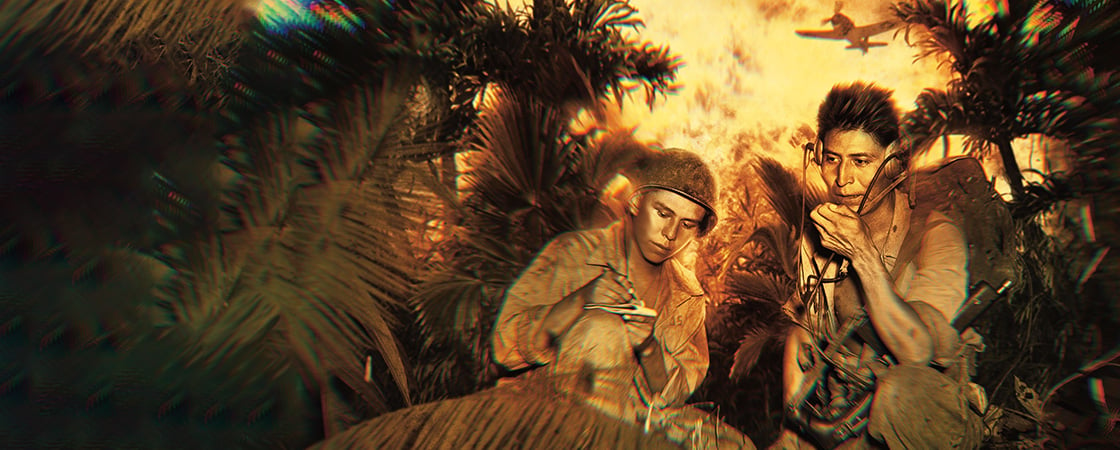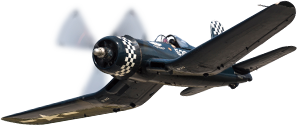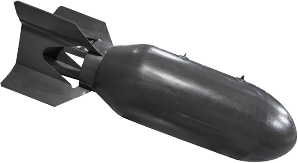U.S. Marine Corps photo by Brian Leddy
Chester Nez
It was approaching midnight on November 4, 1942. Chester Nez, 21, was crouched in a muddy foxhole with his buddy Roy Begay. Bullets whizzed over their heads. Explosives crashed around them. At any moment, bombs could rain down from warplanes prowling the skies.
In 1942, World War II was raging around the globe. Nez was a United States Marine, and he had just arrived on Guadalcanal, an island in the southwest Pacific Ocean. For months, the Marines had been battling the Japanese Imperial Army for control of the island. Now the once-peaceful oasis had become a place of misery and death.
Nez and Begay had seen it for themselves earlier that day. They tried not to think of what they’d witnessed as they leapt from their boat and waded ashore—of the corpses of Japanese and American men floating in the water, of the tides staining the beach red with blood.
Nez and Begay were Navajo, Native men from the Southwest. Their job on Guadalcanal was one of the military’s most closely guarded secrets. Months before, they had helped invent a secret code using Diné, their native language—a language they had once been punished for speaking.
If their code worked, they could do more than help their fellow Marines take the island. They could help win the war.
That first night on Guadalcanal, Nez huddled beside Begay. Heavy rain poured down in thick sheets, filling their foxhole nearly to their chests. Nez had never been more terrified. He tried to stay focused, though. He and Begay had a job to do.
But first, they would have to survive the night.
It was almost midnight on November 4, 1942. Chester Nez, 21, was crouched in a muddy foxhole with his buddy Roy Begay. Bullets whizzed over their heads. Explosives crashed around them. At any moment, bombs could rain down from warplanes flying above.
In 1942, World War II was raging around the globe. Nez was a United States Marine. He had just arrived on Guadalcanal, an island in the southwest Pacific Ocean. The Marines were battling the Japanese Imperial Army for control of the island. The once-peaceful oasis was now a place of misery and death.
Nez and Begay tried not to think of what they had seen earlier that day—bodies floating in the water and the beach stained red with blood—when they leapt from their boat and waded ashore.
Nez and Begay were Navajo, Native men from the Southwest. Their job on Guadalcanal was one of the military’s most closely guarded secrets. Months before, they had helped invent a secret code. It used Diné, their native language—a language they had once been punished for speaking.
If their code worked, they could help their fellow Marines take the island. They could also help win the war.
That first night on Guadalcanal, Nez huddled beside Begay. Heavy rain poured down. Their foxhole almost filled with water. Nez was terrified. But he tried to stay focused. He and Begay had a job to do.
But first, they had to survive the night.








